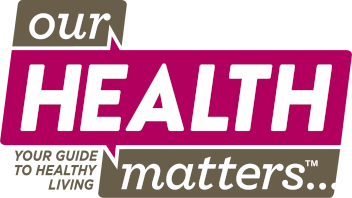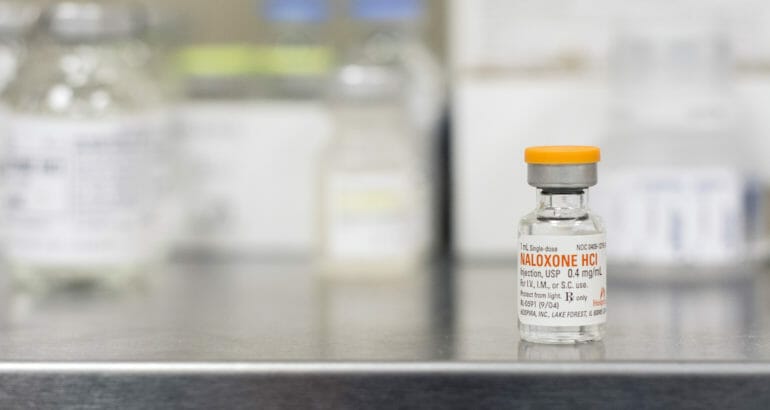Three Steps to Save a Life
By Tenille L. Lawson, PharmD, BCPS
The Centers for Disease Control and Prevention reports that over 25,000 lives have been saved using naloxone to reverse opioid overdoses between 1996 and 2014. Because naloxone effectively reduces mortality (death), pharmacies nationwide can provide it to anyone without a prescription from their physician. Let’s review three necessary steps to provide naloxone appropriately.
Step 1: Stop, Look, and Listen.
Opioids, including heroin and pain medications such as fentanyl, cause breathing to STOP during an overdose. LOOK for life-threatening symptoms such as unresponsive behavior, pinpoint pupils, and abnormal breathing to occur even if the last opioid was taken hours earlier. LISTEN to your head and your heart, then act. Quick responses save lives every single day.
Step 2: Give Naloxone.
Immediately!
Two to three minutes separate someone from life or death during an opioid overdose. That is how quickly naloxone blocks the effects of opioids on the brain centers that restore breathing. For over 40 years, ambulances and emergency room staff have witnessed the life-saving effects of naloxone given as an intravenous injection. These successful outcomes led to the development of two devices that are now available for take-home administration.
The first device is a talking auto-injector that is available for administration by family members or bystanders to at-risk individuals. Although it uses a needle to provide the medication, it offers verbal and visual aids to guide users through the stressful moments of an overdose. The injector unit dispenses naloxone into the thigh muscle through clothing, including jeans, as seconds count toward survival. Statistics show more than 5,000 lives have been saved using this innovative technology.
The second device is formulated as a single-use nasal spray that rapidly releases naloxone without using a needle. One spray into the nostril delivers the initial dose; however, a second dose should be sprayed into the other nostril if the person is not responsive in 2 to 3 minutes. Repeat this process until breathing returns to normal or emergency help arrives.
Step 3: Call 911 and Wait for Help.
Naloxone typically wears off in 30 to 90 minutes; therefore, it is critical to call 911 and wait for the emergency team. Trained professionals will give additional medication and address withdrawal symptoms. This last step is essential to increase chances of survival.
Visit drugabuse.gov and surgeongeneral.gov for more information on naloxone and opioid overdose.





